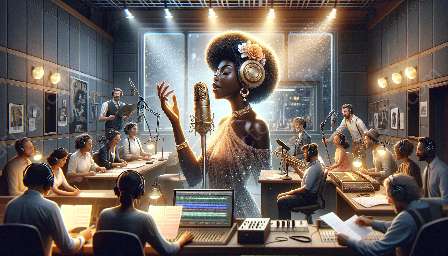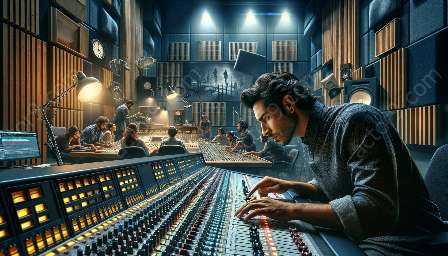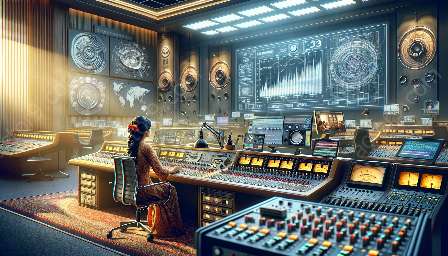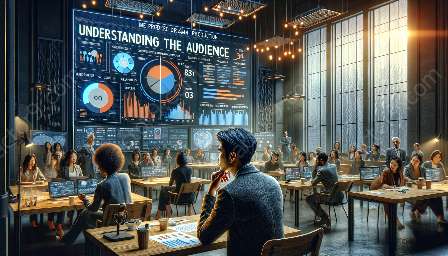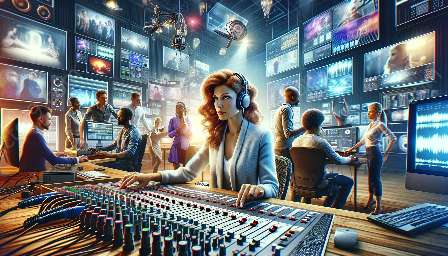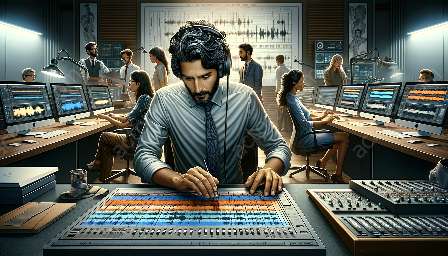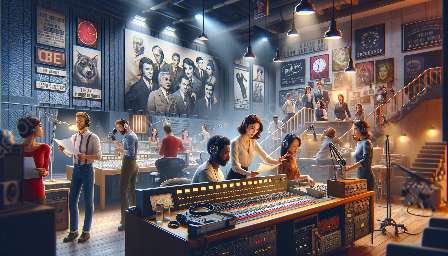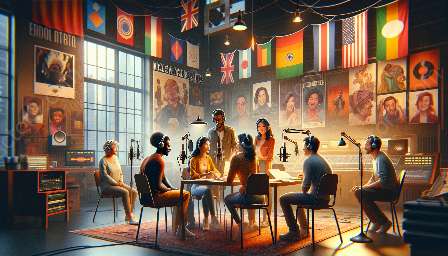Radio drama has been a significant form of entertainment since the early 20th century, captivating audiences with its storytelling and immersive soundscapes. Over the years, advancements in technology have continuously shaped the way radio dramas are produced, enhancing the overall quality and experience for listeners.
Evolution of Radio Drama Production
In the early days of radio drama production, sound effects were generated manually using various props and techniques to create a sense of atmosphere and action. As technology advanced, the introduction of magnetic tape and editing equipment allowed for more precise control over sound elements, leading to a higher level of production quality.
Today, digital audio workstations (DAWs) have revolutionized the radio drama production process. DAWs enable producers to seamlessly integrate various sound effects, music, and dialogue, resulting in a more immersive and polished final product. Additionally, the accessibility of DAWs has empowered aspiring radio drama creators to explore their storytelling abilities and produce high-quality content from their own homes.
Interactive Experiences
Innovations in radio drama production technology have also paved the way for interactive experiences, allowing listeners to engage with the audio content in new and exciting ways. With the rise of virtual reality (VR) and augmented reality (AR) technologies, radio dramas can be enhanced with spatial audio and 3D soundscapes, creating a fully immersive experience for the audience.
Furthermore, interactive storytelling techniques, such as choose-your-own-adventure formats and branching narratives, have become increasingly popular in radio drama production. These innovations enable listeners to influence the direction of the story, providing a personalized and engaging experience that goes beyond traditional linear narratives.
Sound Design and Spatial Audio
The advancements in sound design tools and techniques have significantly impacted the way radio dramas are produced. Spatial audio technologies, such as ambisonic recording and binaural audio, have allowed for a more realistic and enveloping sonic environment, transporting listeners into the heart of the narrative.
Moreover, the integration of sound spatialization software has enabled producers to create dynamic and immersive soundscapes, adding depth and dimension to the storytelling. From simulating realistic environments to manipulating the perception of space, these innovations have expanded the creative possibilities within radio drama production.
The Future of Radio Drama Production
Looking ahead, the future of radio drama production is filled with boundless possibilities, driven by the continuous evolution of technology. Advancements in artificial intelligence (AI) and machine learning are poised to revolutionize the creation and delivery of audio content, opening doors to new forms of storytelling and audience engagement.
Additionally, the convergence of radio drama with other mediums, such as podcasts and interactive audio platforms, is blurring the lines between traditional radio broadcasting and digital media. This convergence presents exciting opportunities for cross-platform storytelling and audience reach, shaping a dynamic landscape for the future of radio drama production.
Conclusion
The innovations in radio drama production technology have redefined the way stories are told and experienced through the medium of audio. From the evolution of sound production tools to the emergence of interactive experiences, these advancements continue to push the boundaries of creativity and immersion in radio drama. As technology continues to progress, radio drama production will undoubtedly continue to evolve, captivating audiences with its timeless artistry and innovation.

